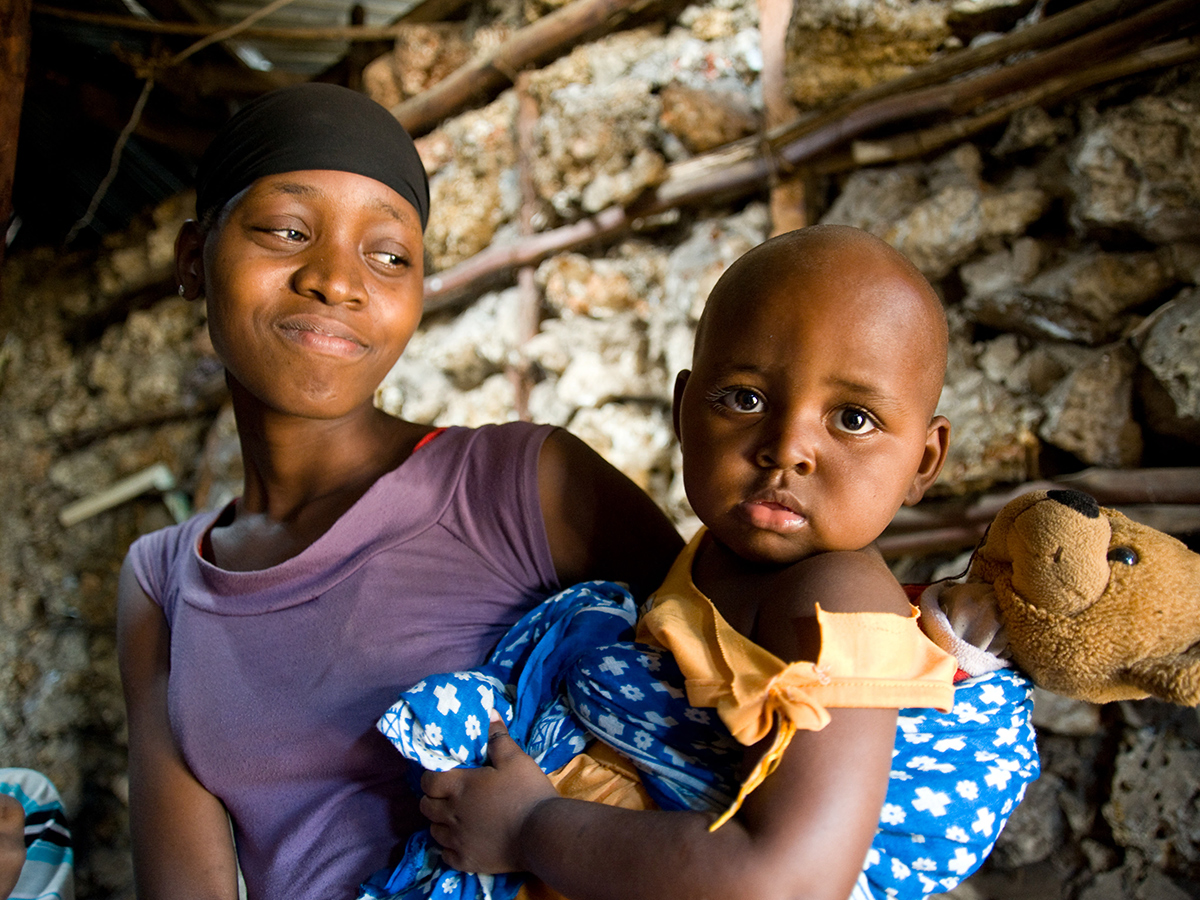HIV

Entitled, “HIV in Uganda”, this image was captured by CDC Audio-Visual Production Specialist, Susy Mercado, with NCHM. The photo depicts a newborn in Kampala, Uganda, receiving an antiviral drug to prevent the mother-to-child transmission of HIV. This photo earned Susy the Second Place award in the 2006 CDC Connects Annual Public Health in Action Photo Contest, in the category of “International Programs”. Search images by topic on the Public Health Image Library (PHIL)
HIV is a virus spread through certain body fluids that attacks the body’s immune system, specifically the CD4 cells, often called T cells. Over time, HIV can destroy so many of these cells that the body can’t fight off infections and disease. These special cells help the immune system fight off infections. Untreated, HIV reduces the number of CD4 cells (T cells) in the body. This damage to the immune system makes it harder and harder for the body to fight off infections and some other diseases. For the first time in modern history, the world has the tools to control the HIV epidemic without a vaccine or cure, while laying the groundwork to eventually end HIV. Controlling the epidemic requires accelerating reaching those groups at greatest risk for HIV with treatment and prevention.
What is the global impact of HIV?
- There were approximately 36.9 million people worldwide living with HIV at the end of 2017. More than two-thirds are living in Sub-Saharan Africa.
- Despite the existence of medications that can control HIV and even reduce viral transmission, HIV is still a leading cause of death and a health threat to millions worldwide. In 2017, nearly 1 million people died of AIDS-related causes and 1.8 million people were newly infected with HIV.
What is CDC doing?
- For more than three decades, CDC has been a leader in global HIV research and response. As an implementing agency of the U.S. President’s Emergency Plan for AIDS Relief (PEPFAR), CDC works side by side with Ministries of Health, leveraging our scientific and technical expertise to help deliver high impact, sustainable prevention, care and treatment to millions of people in countries most affected by HIV.
- As of September 30, 2017, CDC supported life-saving ART for 7.3 million people living with HIV – more than half of people on PEPFAR-supported treatment.
- CDC’s Division of Global HIV & TB is working with country partners to:
- Scale up the use of ART among people living with HIV
- Strengthen the ability of national governments to provide top-notch, sustainable HIV services
- Deliver the most effective prevention tools to individuals at high risk for HIV infection
- Use data to reach high-risk groups, inform public health policies and strategies, and measure our impact
At CDC, we are committed to using innovative, evidence-based strategies to fight this epidemic worldwide. Our goal is to save lives and, ultimately, bring an end to the HIV epidemic.
Additional Resources
- Browse global HIV publications here
- Download Global HIV fact sheet
- Read CDC’s latest global HIV news releases
- Browse Global HIV images on the CGH Flickr stream or search by topic or country
- Search images by topic on the Public Health Image Library (PHIL)
- Learn more about global HIV
- Explore key facts about the global HIV & TB epidemics
Contact Media Relations
Contact media relations to speak with a Global HIV expert
-
9:00 a.m. – 6:00 p.m.
(404) 639-3286
media@cdc.gov
-
After Hours
(770) 488-7100
Request Form
- Page last reviewed: September 14, 2018
- Page last updated: September 14, 2018
- Content source:
Global Health
Notice: Linking to a non-federal site does not constitute an endorsement by HHS, CDC or any of its employees of the sponsors or the information and products presented on the site.


 ShareCompartir
ShareCompartir





